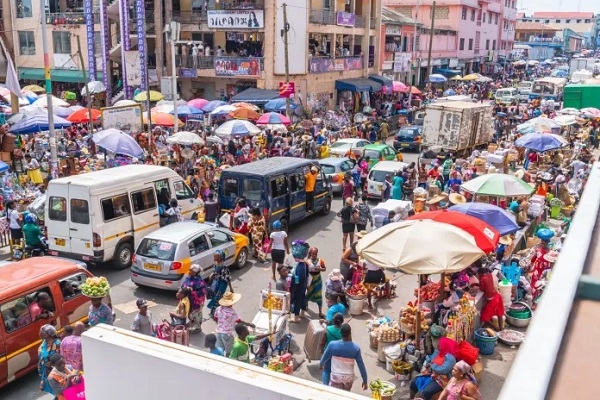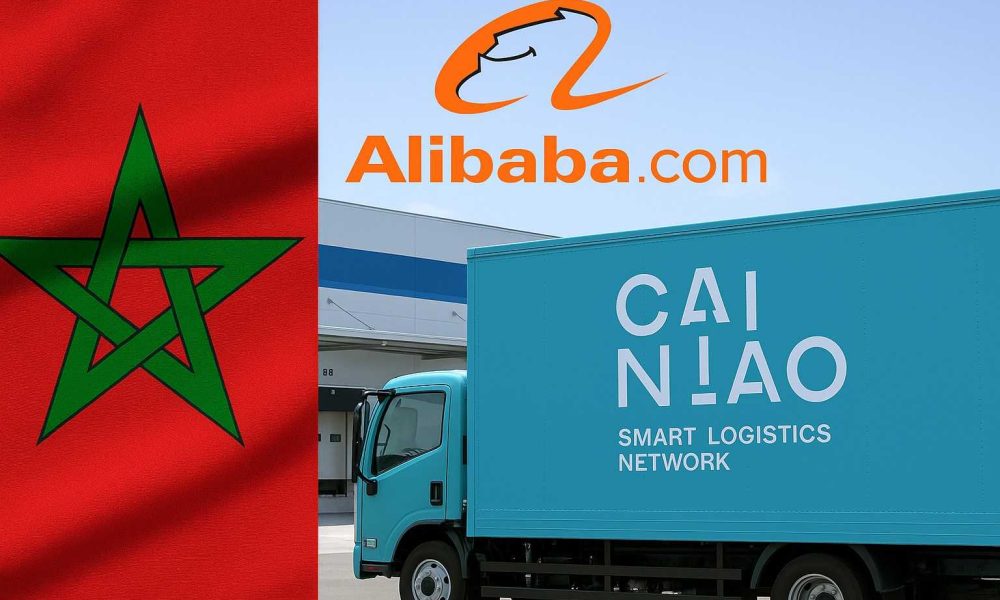The next phase of e-mobility in Africa
.jpg?width=1280&auto=webp&quality=95&format=jpg&disable=upscale)
(Source: Image by freepik)
For many countries across Africa, the adoption of electric vehicles (EVs) is no longer tentative nor experimental.
EV adoption has grown exponentially on the back of multiple factors including enabling government policies, consumer demand and the reduced cost of manufacturing globally.
Prior to these recent developments, the journey towards the adoption of EVs in most parts of Africa has been greatly eased by the availability of clean renewable energy sources.
This has strongly justified the use of EVs since the toll taken on the environment is much less than in countries where power production from non-renewable sources still has a negative impact on the environment.
Governments that are keen to modernize their transport sectors, address environmental concerns and reduce dependence on fossil fuels (while also reducing their need for foreign exchange to import fuel), have introduced various policies that allow for partnerships with manufacturers.
These include setting up assembly plants and incentives that encourage adoption of EVs such as reduced import levies or the zero-rating of certain goods.
Some countries, such as Ethiopia, have doubled down and announced plans to phase out fossil fuels over the next decade.
Related:How e-mobility could transform Africa's transport sector
Ethiopia has already banned the importation of vehicles with internal combustion engines (ICEs) and is looking to exploit its recent large investment in hydroelectric power (the Grand Ethiopia Renaissance Dam) to underpin its national EV strategy.
Ethiopia stands out because over the past decade or so it has built considerable capacity for vehicle assembly and now only needs to make the transition from fitting engines to fitting batteries.
Chinese manufacturers like Lifan – which produces motorcycles, cars and trucks – is among vehicle manufacturers that have set up huge assembly plants in the country.
For Ethiopia, it may be just a matter of re-tooling existing assembly plants and re-skilling the workforce to produce EVs locally.
South Africa is another country that has enjoyed considerable investment in vehicle assembly for many decades.
Just like Ethiopia, South Africa is in pole position to become one of the major assemblers of EVs in Africa – albeit with leanings towards European manufacturers, unlike Ethiopia, which has greater ties with Chinese manufacturers.
.jpg?width=700&auto=webp&quality=80&disable=upscale)
Countries like Ethiopia and South Africa already have established automotive sectors that could be transitioned into the production of EVs. (Source: Image by usertrmk on Freepik)
Elsewhere across Africa countries including Rwanda, Kenya and Ghana have also forged partnerships for the local assembly of motorcycles and vehicles.
Through such partnerships, these countries are slowly building capacity to put them in a strong position to develop local EV industries and the necessary supporting ecosystems.
Related:Ethio Telecom launches another EV charging station
Nigeria, despite being plagued by power production issues, also has partnerships with global players to set up EV assembly plants and will likely serve as a distribution hub to West African countries.
For the most part, government policies have underpinned many of these developments – whether it is those that encourage adoption or investment, those on the periphery that address environmental concerns or those that examine where foreign exchange flows.
All of which dovetail nicely to create an environment that is more receptive to EV adoption.
Market demand has taken different forms but mainly comes from public transport, ranging from two-wheel motorcycles to bicycles for small business and individual use, and buses for public transportation.
It should be remembered that public transport alone contributes significantly to carbon emissions and noise pollution, therefore the impact is being felt in an area where it is needed most.
Individual demand for EVs – for those looking at reducing long-term operational costs – also accounts for a good proportion of EV adoption.
Related:Five mobility startups to watch in 2024
While the actual unit volumes of EVs may not be that high yet (compared to motorcycles, for example), what is important here is how this demand helps contribute to the overall ecosystem in terms of jobs created, spare parts, skills and maintenance services, all of which also benefits other consumers in the market.
Against this backdrop, supporting ecosystems in Africa have slowly started taking shape.
This includes charging stations, battery swapping services, assembly of EVs, leasing services, integration of EVs into existing logistics services (e.g. food and parcel delivery), basic manufacturing of components, maintenance and repair services, asset financing, imports and distribution.
EV adoption has also prompted changes to urban planning development and regulatory changes that mandate new developments to feature charging stations, the use of renewable energy like solar power for charging, as well as smart city initiatives in which EVs are seen to play a crucial role.
Globally, manufacturing costs have reduced significantly compared to a few years ago, with the costs of components and different power alternatives being among the main cost-cutting areas.
Paradoxically, the surge in EV manufacture over the past couple of years has exerted pressure on the price of raw materials and resulted in supply chain bottlenecks for those manufacturers who are dependent on third parties to complete their processes.
However, these negative impacts have been felt by some more than others, which has ultimately defined their competitiveness.
.jpg?width=700&auto=webp&quality=80&disable=upscale)
African countries are slowly building capacity to develop local EV industries and the necessary supporting ecosystems. (Source: Image by freepik)
Vertical integration by manufacturers in China has been pivotal in reducing the cost of EVs so that they are more competitively priced than those manufactured in the US or the European Union (EU).
Vertical integration features raw material acquisition via investments in mining operations in countries that produce minerals like cobalt and lithium, stringent supply chain management, and manufacturing processes that are largely not dependent on components from third parties.
Africa is the source of many minerals needed for the manufacture of batteries as well as other EV components.
Local investment partnerships between manufacturers and governments benefit both parties.
Manufacturers enjoy lower costs, reduced supply chain length, product placement and closer distribution hubs.
Meanwhile the countries playing host to the manufacturers get job creation, increased local value addition, technology and skills transfer and capacity building as part of the deal.
As it stands, the levels of investment in EVs and the types of activities like assembly and manufacturing of components provide a solid stepping stone towards full manufacturing.
Continent-wide regulatory collaboration on movement, pricing and export of raw materials in the region, is another way that Africa can gain a foothold and derive more value.
Nations can collaborate on value addition depending on the strengths of individual countries in areas like raw material production, manufacturing capability, skills and logistics (ports).
Existing manufacturers can also simplify their supply chains by investing in mineral processing and component manufacturing plants in Africa to reduce the logistics costs of processing and exporting raw materials, only to have them make their way back to Africa.
Reducing one step can significantly reduce overall EV costs, especially when thinking of manufacture and distribution hubs in Africa.
EVs also align nicely with integrated transport systems and complement smart city strategies in countries that are looking to address environmental and sustainability issues.
As the e-mobility landscape in Africa continues to evolve certain things remain constant and continually require attention. These include reliable power supply and charging points, policies that attract foreign direct investment, strategies that ensure skills transfer and capacity development, and policies that look at e-waste.
Nonetheless, through these various developments Africa should now be poised to take on the greater role it can play in the manufacture of EVs to reduce the continent's dependence on imports.











